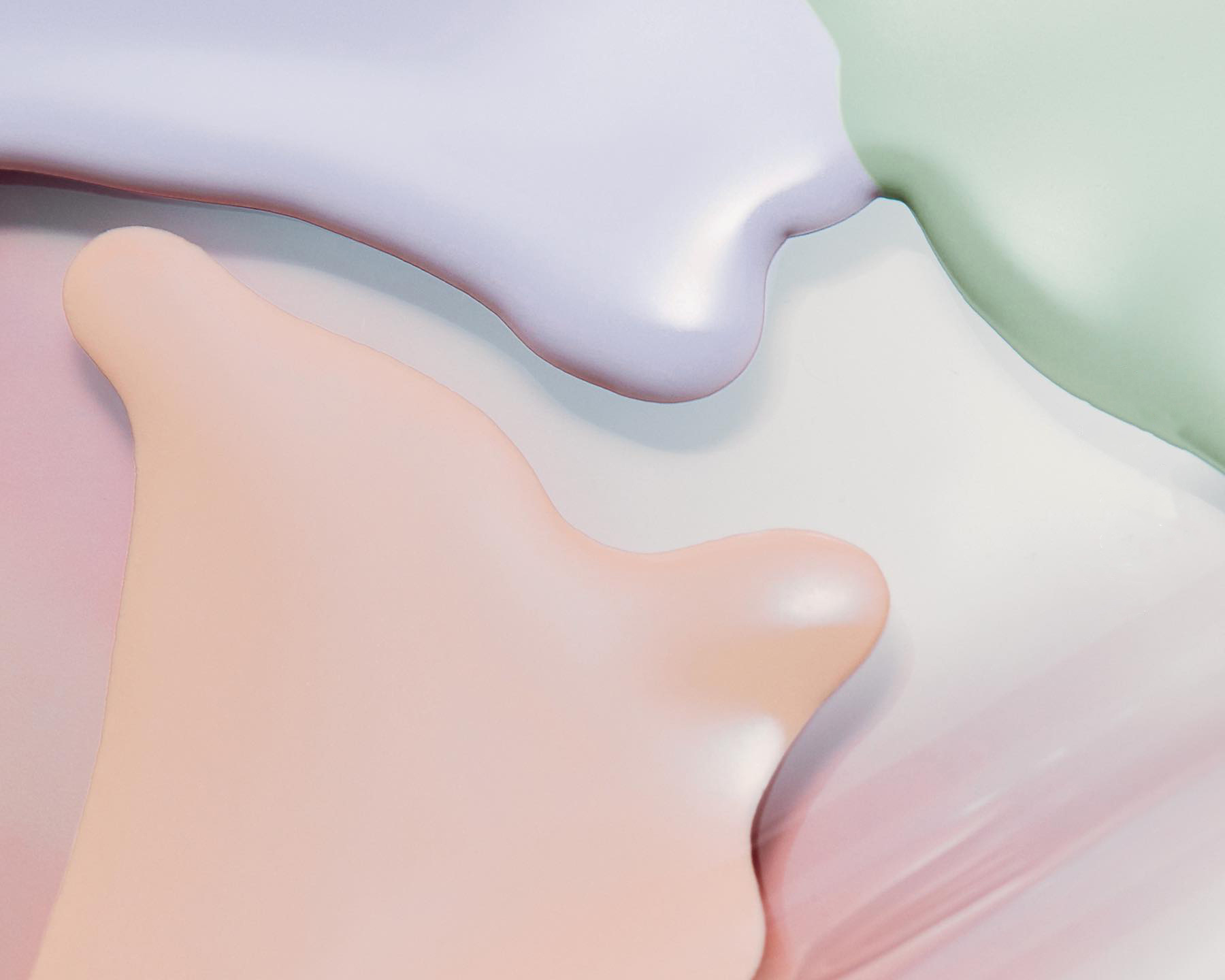29
2025
-
04
The Rise of Vegan Leather Upholstery: A Sustainable Choice for Modern Interiors
As the demand for sustainable and ethically sourced materials continues to rise, vegan leather upholstery has emerged as a popular choice for modern interiors. This innovative material, often made from a variety of synthetic and natural fibers, presents an eco-friendly alternative to traditional leather, catering to the needs of conscious consumers and designers alike. Vegan leather upholstery is
As the demand for sustainable and ethically sourced materials continues to rise, vegan leather upholstery has emerged as a popular choice for modern interiors. This innovative material, often made from a variety of synthetic and natural fibers, presents an eco-friendly alternative to traditional leather, catering to the needs of conscious consumers and designers alike.
Vegan leather upholstery is crafted from a range of materials, including polyurethane (PU), polyvinyl chloride (PVC), and even innovative plant-based sources like pineapple leaves, apple peels, and cork. This diversity allows for a wide array of textures, colors, and finishes, making it a versatile option for various applications, from sofas and chairs to car interiors and decorative accessories.
One of the primary advantages of vegan leather upholstery is its environmental impact. Unlike traditional leather, which requires extensive water and land resources for livestock farming, vegan leather significantly reduces the ecological footprint. Many manufacturers focus on using recycled materials or sustainable production methods, further enhancing the product's green credentials. This focus on sustainability resonates with consumers who are increasingly concerned about the environmental implications of their purchasing decisions.
In addition to being environmentally friendly, vegan leather upholstery is also highly functional. It is typically more resistant to stains, water, and wear than traditional leather, which means it can withstand the rigors of everyday use while maintaining its aesthetic appeal. This durability makes it an excellent choice for high-traffic areas in homes, offices, and commercial spaces.
Furthermore, the aesthetic possibilities with vegan leather upholstery are nearly limitless. Designers can choose from a wide range of colors and textures, allowing them to create unique and stylish environments. Whether it’s a sleek modern sofa or a classic armchair, vegan leather can complement a variety of design styles, from contemporary to bohemian.
Moreover, vegan leather upholstery is cruelty-free, aligning with the values of consumers who are concerned about animal welfare. This aspect has helped it gain traction not only among environmentally conscious individuals but also among advocates for ethical living.
In summary, vegan leather upholstery is transforming the way we think about interior design and textiles. With its eco-friendly properties, durability, and aesthetic diversity, it stands out as a sustainable and stylish alternative to traditional leather. As more people embrace vegan and plant-based lifestyles, the demand for innovative materials like vegan leather is likely to continue growing, paving the way for a more sustainable future in the textile industry.
Vegan leather upholstery is crafted from a range of materials, including polyurethane (PU), polyvinyl chloride (PVC), and even innovative plant-based sources like pineapple leaves, apple peels, and cork. This diversity allows for a wide array of textures, colors, and finishes, making it a versatile option for various applications, from sofas and chairs to car interiors and decorative accessories.
One of the primary advantages of vegan leather upholstery is its environmental impact. Unlike traditional leather, which requires extensive water and land resources for livestock farming, vegan leather significantly reduces the ecological footprint. Many manufacturers focus on using recycled materials or sustainable production methods, further enhancing the product's green credentials. This focus on sustainability resonates with consumers who are increasingly concerned about the environmental implications of their purchasing decisions.
In addition to being environmentally friendly, vegan leather upholstery is also highly functional. It is typically more resistant to stains, water, and wear than traditional leather, which means it can withstand the rigors of everyday use while maintaining its aesthetic appeal. This durability makes it an excellent choice for high-traffic areas in homes, offices, and commercial spaces.
Furthermore, the aesthetic possibilities with vegan leather upholstery are nearly limitless. Designers can choose from a wide range of colors and textures, allowing them to create unique and stylish environments. Whether it’s a sleek modern sofa or a classic armchair, vegan leather can complement a variety of design styles, from contemporary to bohemian.
Moreover, vegan leather upholstery is cruelty-free, aligning with the values of consumers who are concerned about animal welfare. This aspect has helped it gain traction not only among environmentally conscious individuals but also among advocates for ethical living.
In summary, vegan leather upholstery is transforming the way we think about interior design and textiles. With its eco-friendly properties, durability, and aesthetic diversity, it stands out as a sustainable and stylish alternative to traditional leather. As more people embrace vegan and plant-based lifestyles, the demand for innovative materials like vegan leather is likely to continue growing, paving the way for a more sustainable future in the textile industry.
Related news
undefined






